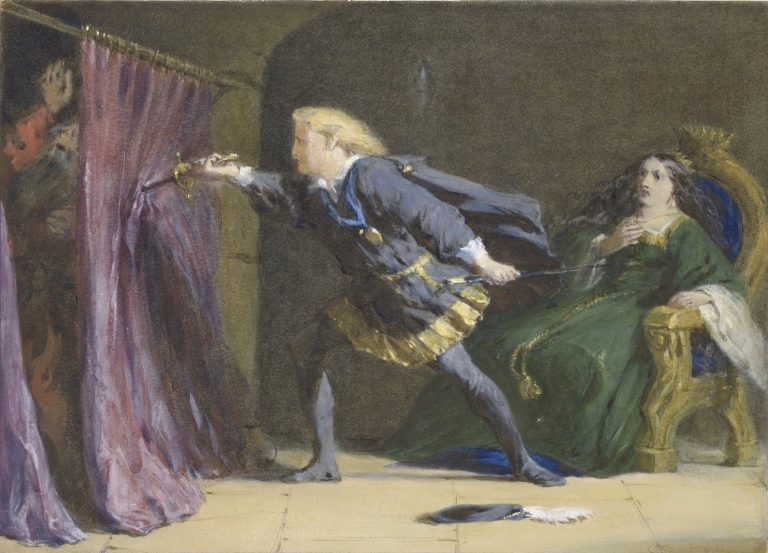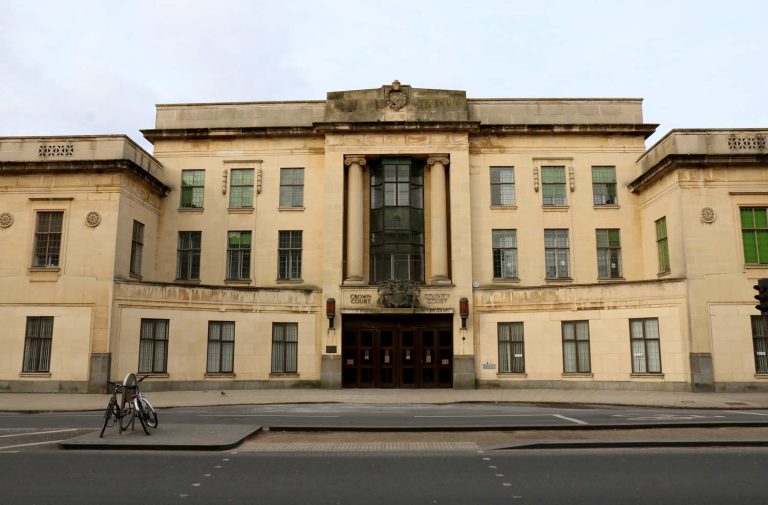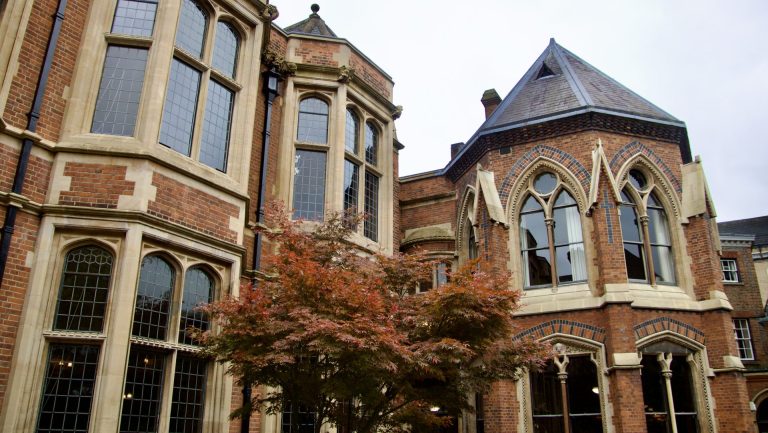The play as propaganda has a long history. From the regime-affirming productions of Hieron, tyrant King of Syracuse, to Lucy Prebble’s play The Effect, we can understand that theatre has consistently been used throughout history to promote ideologies and propound beliefs. In the case of Hieron, he was attempting to promote cultural unity over conquered peoples. Prebble, somewhat less tyrannically, aimed to provoke thought over medical ethics. However, from these examples a question immediately arises: What exactly defines a play as a piece of propaganda?
The term propaganda often evokes connotations of tyrannical government, press censorship and blatant political messaging. These ideas are clearly represented in some works focused on specific regimes. For example, after Mao’s revolution many propagandist plays were performed, such as The White-Haired Girl, which criticised exploitative landlord classes, and Dragon Beard Ditch in which communists save the characters from neglectful and corrupt government officials. However, this kind of propaganda was rarely effective. The idealisation of the communist government was immediately recognised as just that, an idealisation, unrelated to and unappreciative of the real problems people faced.
The actual definition of propaganda according to Oxford Languages is ‘information, especially of a biased or misleading nature, used to promote a political cause or point of view’. This definition complicates matters somewhat. Take Nazi Germany’s emphasis on staging the German ‘greats’. Repeat performances of Kleist’s Prince of Homberg, Beethoven’s Egmont and Mozart’s Don Giovanni filled stages across the Third Reich. However, these plays and operas are not in themselves ‘biased’ or ‘misleading’ nor do they promote the Nazi ‘political cause’. Could the case therefore be made that this was not propaganda? Probably, but perhaps not very well. The key lies in the term ‘repeat’. The constant staging of the classics of German theatre, and only German theatre, meant there was an emphasis being placed on the ‘greatness’ and ‘superiority’ of German culture throughout history. The frequency of these performances was the Nazis’ attempt to prove the truth of their Aryan ideology and consequently it amounted to propaganda. Similarly, in Fascist Italy plays tended not to be overtly propagandist. Instead, theatre generally emphasised classical Roman themes as a way of demonstrating the greatness of Italian culture and previous Roman imperial ambition. It is noticeable both the Nazi and Fascist regimes did not use overtly propagandist plays to support their message. Rather the careful selection of plays which promoted patriotic sentiments and the context in which they were performed led to a more subtle political manipulation, encouraging citizens to buy into the political ideology of the governments.
We have seen how plays can be overtly propagandist and contextually propagandist. However, plays can also be shaped and re-interpreted to support certain political messages. In Laurence Olivier’s 1944 adaptation of Henry V, Olivier cut key scenes from the play such as the beheading of Richard of Conisburgh, Henry Scrope and Sir Thomas Grey; Henry’s threat to rape Harfleur; and the massacre of French prisoners at Agincourt. Each of these scenes cast doubt upon Henry’s honour and nobility, which Olivier did not wish his performance, dedicated to ’the Commandos and Airborne Troops of Great Britain’, to reflect. Instead, Olivier stuck to a portrayal of Henry as noble, virtuous and valorous, idealising the warrior and supporting the war effort. Plays, therefore, can be manipulated by interpretation to hint at certain messages, messages which their authors may never have intended.
Returning once more to the original definition of propaganda, it is interesting that there is no reference to government. Could it therefore be argued that individual playwrights produce propaganda plays, supporting their own political beliefs? Arthur Miller’s The Crucible, ostensibly about the 1692 Salem witch hunt, is in fact a stunning indictment of the McCarthy trials. This fits within the definition of the propaganda play. Miller presents his own political views through the allegory of the Salem Witch trials in a biased light, never considering alternative views about the Second Red Scare. But why was this propaganda play successful, when so many other overtly political plays failed? One reason is its allegorical nature. The political messages aren’t being shouted in the audience’s face. For a play to be effective propaganda the audience members cannot be saying “oh another propaganda play”, there needs to be subtlety. However, perhaps the main reason, the reason which makes all successful propaganda plays, is that the play tapped into the ongoing fears and anxieties surrounding the McCarthy trials. It voiced concerns which people felt but were too afraid to express. The play not only allowed audiences to feel connected to the thoughts and ideas of the characters on stage, but also to each other.
Theatre and propaganda have gone hand in hand for millennia, although with varying degrees of success. The most successful propaganda plays are both subtle and relatable. They must reflect ongoing anxieties and problems faced by their community, creating a shared sense of “yes, I feel that too” across the audience. When used in this way, plays have the power to inspire people, showing them they’re not alone in their beliefs and empowering them to stand up and fight.










